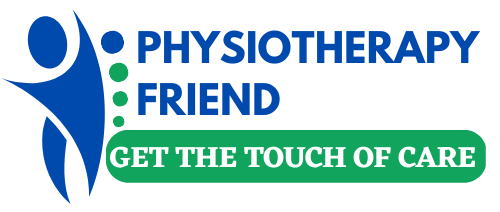Pediatric physiotherapy is a specialized area of physiotherapy that focuses on the assessment, diagnosis, and treatment of children and adolescents with physical and developmental conditions. The goal of pediatric physiotherapy is to help children achieve their maximum potential in terms of movement, function, and independence. Here are some common physiotherapy techniques used in pediatric physiotherapy:
- Developmental assessments: These assessments evaluate a child’s physical development, including motor skills, balance, coordination, and sensory processing.
- Therapeutic exercises: Exercises are used to improve strength, flexibility, balance, and coordination. Exercises may be designed to target specific areas of weakness or to help a child learn a new skill, such as crawling or walking.
- Gait training: Gait training can help improve walking ability and reduce gait abnormalities associated with conditions such as cerebral palsy or developmental delay.
- Posture and positioning: Physiotherapists can provide education on proper positioning and posture to help prevent the development of contractures, scoliosis, and other complications associated with physical conditions.
- Neurodevelopmental treatment (NDT): This is a specialized treatment approach that focuses on the promotion of normal movement patterns and sensory processing. NDT can be used to treat children with conditions such as cerebral palsy.
- Aquatic therapy: Aquatic therapy can be used to improve strength, balance, and coordination, as well as to reduce pain and stiffness.
- Education and self-management: Physiotherapists can provide education on proper body mechanics, posture, and daily activities to help prevent re-injury or complications.
It’s important to work with a licensed pediatric physiotherapist to develop a personalized treatment plan that meets your child’s specific needs and goals. The physiotherapy plan may be adjusted over time as the child progresses and their needs change. Additionally, pediatric physiotherapy should be used in conjunction with medical management and regular follow-up with a healthcare provider to ensure optimal outcomes for the child.
